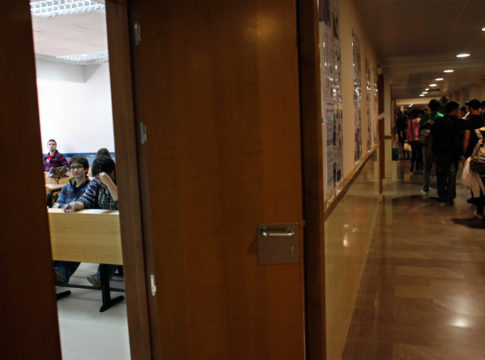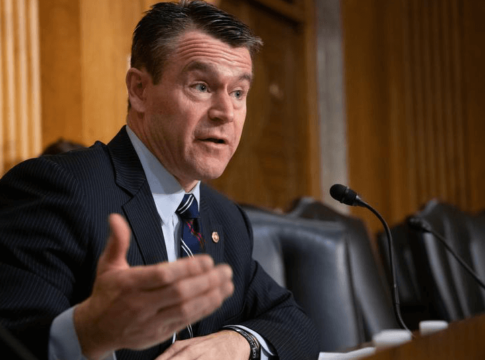
The options available to former students repaying their federal student loans have improved over the past decade. Instead of making equal payments every month for 10 years, 31 percent of borrowers are now in plans that set payments at an affordable share of their incomes and forgive remaining balances after 20 or 25 years. But the system of multiple plans is too complicated and difficult to navigate, default rates remain stubbornly high, and the latest estimates project significant long-term costs to taxpayers.
There are many reasons for the US to move to a simplified income-driven repayment (IDR) system, in which payments for all borrowers are automatically set based on borrowers’ incomes and collected through the payroll withholding system along with their income taxes. Such a system is now the norm in Australia and England but appears to lack widespread support in Congress. Though the issue has been raised in hearings on the reauthorization of the Higher Education Act, concerns have been raised about the strain it would put on the IRS, the negative effect it could have on loan servicers, and potential unintended consequences for some borrowers.
Even without this comprehensive solution, Congress could still take significant steps in the next Higher Education Act toward designing a system that will better serve both borrowers and taxpayers and generate evidence to support bolder policymaking in the future.
Making income-driven repayment the default option
An important component of reforming the repayment system would be eliminating the difficult enrollment process for IDR.
If there are multiple repayment plans, including one income-driven plan and one standard plan with fixed monthly payments, students who do not make an active choice have to be assigned to an IDR plan.
If there are concerns about this change, it would be possible to run an experiment with a subset of borrowers. Legislators might consider a pilot program that would automatically enroll all borrowers residing in two or three states. Or borrowers with debts exceeding some threshold level could automatically be enrolled. Or borrowers who leave school without a credential could automatically be enrolled. As with the rollout of any ambitious new policy, there will likely be hiccups in implementation. A pilot program would provide an opportunity to refine the program’s design and implementation before enrolling every borrower automatically.
Under the current system, many borrowers who enroll in IDR plans are moved back into the standard 10-year plan when they fail to provide the necessary documentation to verify their incomes each year. The change in the default option will be more effective if it is accompanied by a mechanism for borrowers to allow the IRS to verify their incomes.
Payroll withholding
Switching to a system under which borrowers do not have to make payments to a servicer every month is likely to reduce the number of delinquent loans. Under a payroll withholding system, most borrowers would not have to make active payments, just as they don’t make decisions about paying their income taxes after every paycheck.
But there are potential difficulties with this system, ranging from how it will treat married borrowers to provisions for the self-employed. There’s also the question of provisions for borrowers whose circumstances make it impossible for them to repay the specified share of their incomes.
Rather than legislating an immediate conversion to payroll withholding, Congress might provide for an experiment. Borrowers who fail to make their expected payments under the traditional system could be automatically subject to payroll withholding. This would be far less punitive than the current practices of garnishing wages, Social Security payments, or earned income tax credits to collect on student loans.
But to test the viability of a payroll withholding system, it would be important to include some borrowers in good standing. Congress might consider allowing all borrowers to elect to make their payments this way. Phasing in the payroll withholding system would provide an opportunity to solve unanticipated problems, maintaining the option for borrowers to revert to the current payment system if necessary.
The student loan repayment system is ripe for a complete overhaul. But the hurdles to such dramatic change should not prevent Congress from taking constructive steps to improve the system. Pilot projects with subsets of students and maintaining current options until the new systems are perfected and proven are reasonable strategies for moving toward a future where students do not struggle with the loan bureaucracy and taxpayers do not end up covering the loans of borrowers who have the means to repay.
— Sandy Baum and Matthew M. Chingos
Sandy Baum is a nonresident fellow in the Education Policy Program at the Urban Institute and professor emerita of economics at Skidmore College. Matthew M. Chingos is a Senior Fellow at the Urban Institute.
This post originally appeared on Urban Wire.





